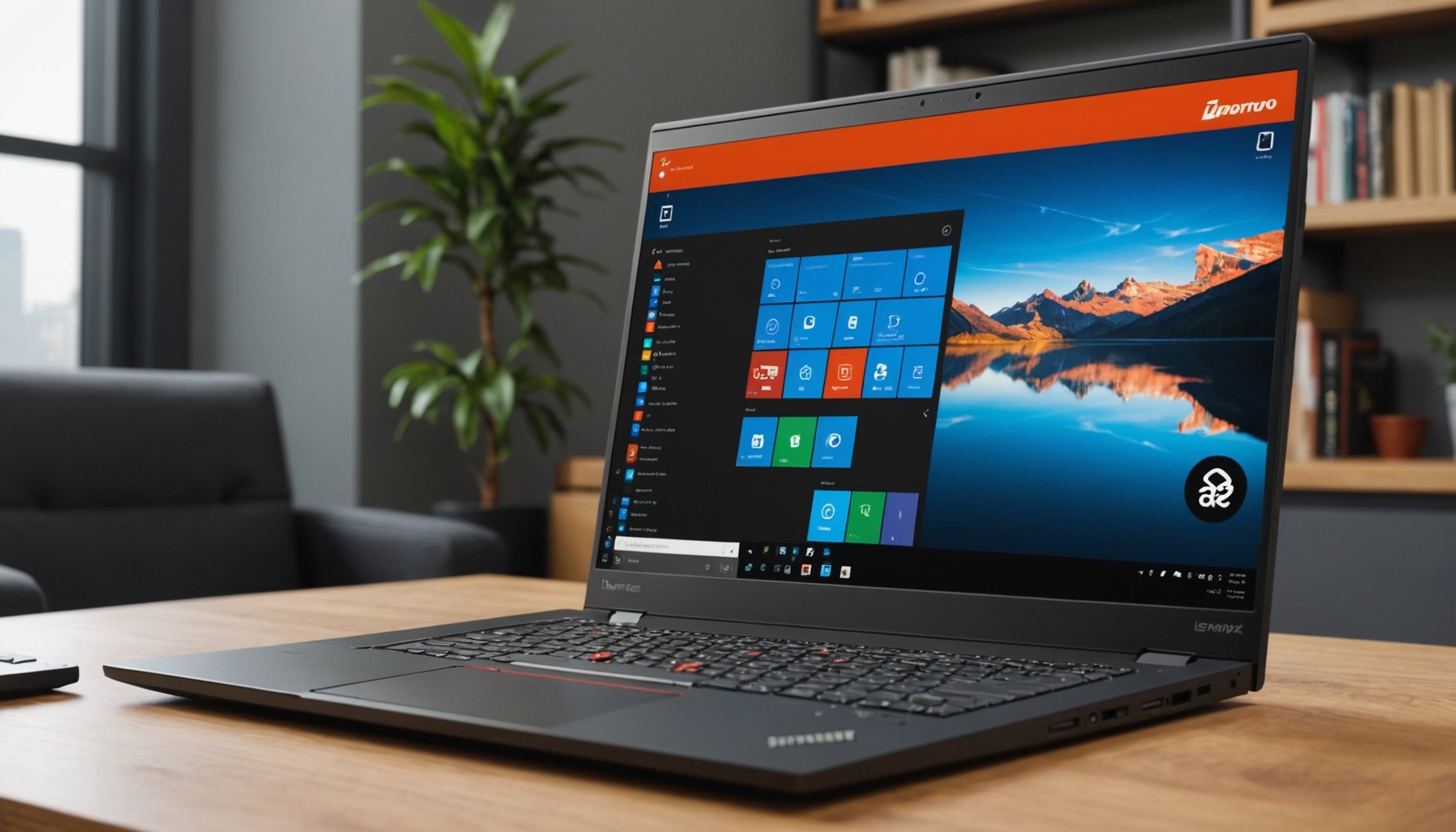Hardware Upgrades for Enhanced Performance
To elevate the performance of your Lenovo ThinkPad X1 Extreme, considering hardware upgrades can be a game-changer. A vital upgrade to explore is the RAM. Increasing RAM not only boosts general performance but significantly enhances virtual machine efficiency. Ideally, opting for a configuration of 32GB or more can majorly impact VMware performance by providing ample memory resources, reducing delays during complex simulations.
Storage solutions also play a crucial role. Replacing traditional HDDs with SSDs drastically improves access times and data transfer rates, resulting in faster virtual machine boots and seamless operation. SSDs inherently offer reliability and speed, making them an attractive upgrade for intensive tasks.
Also to read : Ultimate handbook for configuring a fast and secure vpn on your asus rt-ax86u router
For those aiming to enhance rendering capabilities and graphical tasks, GPU enhancements are paramount. Selecting a compatible graphics card involves considering the GPU’s capacity to handle processing power demands while maintaining system integration. A carefully chosen GPU will not only accelerate graphics-dependent processes but also overall computational efficiency. This is particularly beneficial when deploying multiple virtual machines or engaging in resource-intensive applications.
These targeted upgrades in RAM, storage, and GPU cater to differing needs while collectively reinforcing the potential of the Lenovo ThinkPad X1 Extreme for demanding applications.
Also to read : Mastering video editing: a comprehensive guide to configuring a high-performance raid 0 array on your synology ds1621+
Software Configuration for VMware Workstation
Optimising VMware Workstation settings is crucial for achieving seamless virtual environments. Proper software configuration ensures that virtual machines function optimally, thanks to various performance tuning techniques.
Memory Allocation Strategies
Efficient allocation of resources is vital. Assigning the right amount of memory to each virtual machine prevents overallocation, which can lead to system slowdowns. A good rule of thumb is to allocate only the necessary amount needed for each virtual machine to perform its functions. This approach not only preserves the host system’s resources but also maximises the virtual machines’ capabilities.
Disk I/O Optimization
Disk I/O operations are central to virtual environment responsiveness. Techniques such as reducing unnecessary disk usage through disk defragmentation can significantly enhance performance. Additionally, using separate physical disks for virtual machines can prevent boot storms and improve read/write speeds. Employing virtual disks that expand as needed rather than pre-allocating large space is another strategy for better performance.
Network Configuration Adjustments
Configuring virtual networks appropriately boosts connectivity and resource sharing. Adjustments such as setting up network adapters to handle faster speeds or configuring custom virtual networks for isolated environments can make a noticeable difference. Understanding and applying these techniques allows the virtual network to run efficiently, reducing latency and improving data exchange rates.
Operating System Tweaks for Better Efficiency
To get the most from your Windows device, some simple OS settings adjustments can boost performance significantly. Begin with Power Management Settings. For those prioritising top performance over battery life, switch to the “High Performance” power plan. This mode maximizes performance with increased power consumption, making it a great option when plugged in.
Visual effects, though appealing, can hamper efficiency. By optimising Windows settings, you can prioritise performance. Consider reducing visual effects such as animations and shadows. Navigate to System Properties, and under ‘Performance Settings,’ select “Adjust for best performance.” This tweak will align the operating system towards faster responsiveness.
Background Service Management plays a pivotal role too. Many services run silently, consuming resources. Explore the ‘Services’ application to identify and disable non-essential services. Freeing up system resources this way can enhance the allocation where it’s needed most.
Utilising these performance enhancements allows for a more streamlined Windows experience. It’s vital to strike a balance between aesthetics, power usage, and performance to ensure your operating system is working optimally, supporting your tasks effectively. Make these adjustments and enjoy an empowered computing setup.
Troubleshooting Common Issues
When dealing with VMware troubleshooting, performance issues are often at the forefront of user concerns. Understanding and resolving these challenges requires both identifying root causes and knowing the right tools to use.
Identifying Performance Bottlenecks
Diagnosing system slowdowns during virtualization can be complex. Tools like VMware vRealize Operations Manager provide a comprehensive view of your virtual environment, allowing you to identify bottlenecks. Key techniques include monitoring CPU and memory usage, disk latency, and network throughput, enabling precise error resolution.
Resolving Compatibility Problems
Compatibility issues are another common hurdle in VMware environments. Ensuring that your hardware and software meet VMware’s compatibility requirements is critical. Regular updates of VMware Tools and drivers can often resolve these issues, delivering seamless integration across diverse systems.
Addressing Memory Exhaustion Errors
Memory exhaustion is a frequent error resolution challenge. Effective strategies for managing this include using VMware’s Resource Allocation tools to monitor virtual machine memory usage. Configuring memory limits and reservations can help prevent overallocation, ensuring smooth operation and avoiding unexpected slowdowns in the virtual environment. Adjust these settings as needed to maintain performance without overextending available resources.
Benchmarking and Performance Comparison
Understanding virtualization performance through performance benchmarks is pivotal. It aids in distinguishing between standard and optimized settings. Performance metrics offer a visual representation of differences and improvements. These metrics can be measured using speed tests which play a critical role in identifying potential bottlenecks.
By comparing the data gathered from standard configurations against optimized ones, users can visualize enhancements in system operations. Speed tests highlight how various tweaks impact the overall performance benchmarks, assisting in fine-tuning the system.
System diagnostics deliver significant benefits, especially when utilizing diagnostic tools that help uncover hidden obstacles in virtualization performance. After optimizations are executed, re-evaluating with diagnostics can validate improvements. This step ensures each change accounts for better performance, preserving the system’s efficiency in the long haul.
For those aiming at continuous enhancement, long-term performance benchmarks monitoring solutions become essential tools. These solutions facilitate constant tracking of system adjustments, offering insights into virtualization’s evolving landscape. Tools that offer ongoing analysis are invaluable, allowing users to react dynamically to performance fluctuations. Adjustments based on long-term monitoring further drive sustained success and optimization of systems, ensuring they consistently operate at peak capacity.










